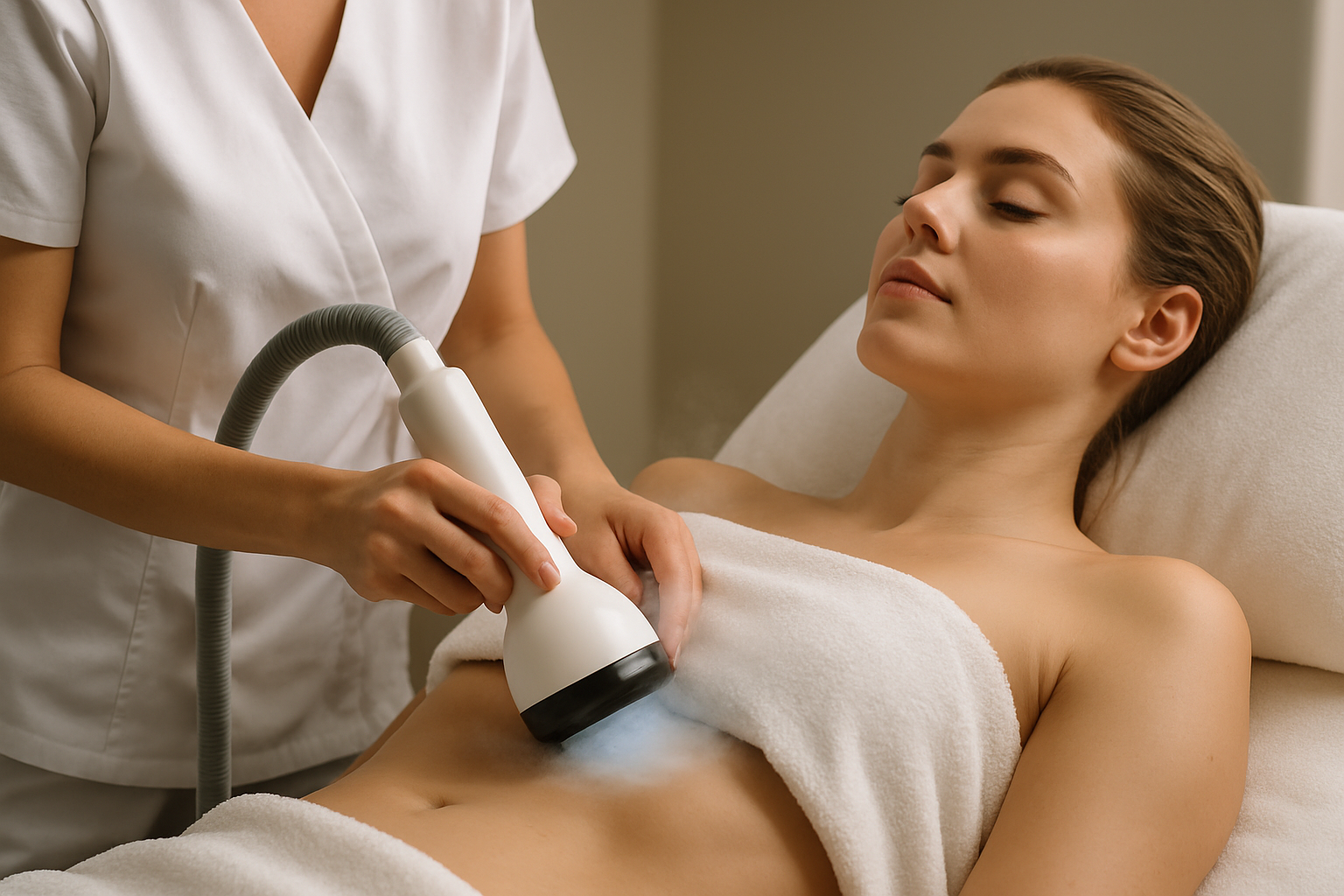Understanding Cryolipolysis: How Non-Invasive Fat Targeting Revolutionizes Body Contouring in 2025
In recent years, the field of body contouring has undergone a remarkable transformation, with cryolipolysis emerging as a game-changing technique. This non-invasive fat reduction method has gained significant popularity due to its effectiveness and minimal downtime. As we look ahead to 2025, cryolipolysis continues to revolutionize the way we approach targeted fat removal, offering individuals a safe and efficient alternative to traditional surgical procedures.

What is cryolipolysis and how does it work?
Cryolipolysis, commonly known as “fat freezing,” is a non-surgical fat reduction technique that uses controlled cooling to eliminate stubborn fat cells. The process works by targeting and cooling fat cells to a temperature that causes them to crystallize and die. Over time, the body naturally processes and eliminates these dead fat cells, resulting in a more contoured appearance. This method is particularly effective for addressing areas resistant to diet and exercise, such as the abdomen, flanks, and thighs.
What does science say about cryolipolysis and fat cell response?
Scientific research has shown that cryolipolysis effectively reduces subcutaneous fat without damaging surrounding tissues. Studies have demonstrated that the controlled cooling process triggers apoptosis (programmed cell death) in fat cells, leading to their gradual elimination from the body. The selective nature of cryolipolysis ensures that only fat cells are affected, leaving skin, muscles, and other tissues unharmed. This scientific basis has contributed to the technique’s growing acceptance in the medical community and its popularity among patients seeking non-invasive fat reduction solutions.
How does cryolipolysis compare to other non-invasive fat reduction techniques in 2025?
As we approach 2025, cryolipolysis continues to stand out among non-invasive fat reduction techniques. Unlike methods such as radiofrequency or ultrasound-based treatments, cryolipolysis offers a unique advantage in its ability to target and eliminate fat cells without heat or radiation. This results in minimal discomfort and virtually no downtime for patients. Additionally, cryolipolysis has shown more consistent and long-lasting results compared to some other non-invasive methods, making it a preferred choice for many individuals and practitioners alike.
What are the common misconceptions and safety considerations of body contouring?
Despite its popularity, several misconceptions surround cryolipolysis and body contouring. One common myth is that these treatments are suitable for significant weight loss. In reality, cryolipolysis is designed for targeted fat reduction in specific areas and is not a weight loss solution. Another misconception is that results are immediate; however, the process of fat cell elimination typically takes several weeks to months.
Regarding safety, cryolipolysis is generally considered safe when performed by qualified professionals. However, potential side effects may include temporary redness, bruising, or numbness in the treated area. It’s crucial for individuals to consult with a certified practitioner and disclose their full medical history before undergoing treatment to ensure their safety and suitability for the procedure.
What are the benefits and limitations of cryolipolysis for different body types?
Cryolipolysis offers benefits for a wide range of body types, particularly for individuals with stubborn pockets of fat that resist diet and exercise. It’s especially effective for those close to their ideal weight but struggling with specific problem areas. The treatment can be customized to address various body parts, including the abdomen, flanks, thighs, and even smaller areas like under the chin.
However, it’s important to note that cryolipolysis has limitations. It’s not suitable for individuals with significant obesity or those seeking dramatic weight loss. The treatment is most effective for those with pinchable fat in the target areas. Additionally, results can vary depending on individual factors such as age, skin elasticity, and overall health.
What can patients expect during the recovery process and in terms of outcomes?
The recovery process following cryolipolysis is typically minimal, allowing patients to resume normal activities immediately after treatment. Some individuals may experience temporary redness, swelling, or numbness in the treated area, but these effects usually subside within a few days to weeks.
As for outcomes, patients can expect a gradual reduction in fat in the treated areas over the course of 2-4 months following the procedure. On average, a single treatment can result in a 20-25% reduction of fat in the targeted area. However, it’s important to maintain realistic expectations and understand that results may vary. Some patients may require multiple sessions to achieve their desired outcomes.
In conclusion, cryolipolysis continues to revolutionize body contouring as we approach 2025, offering a safe, effective, and non-invasive solution for targeted fat reduction. While it’s not a substitute for a healthy lifestyle, it provides a valuable tool for those looking to refine their body shape without surgery. As with any cosmetic procedure, it’s crucial to consult with a qualified professional to determine if cryolipolysis is the right choice for your individual needs and goals.
This article is for informational purposes only and should not be considered medical advice. Please consult a qualified healthcare professional for personalized guidance and treatment.




